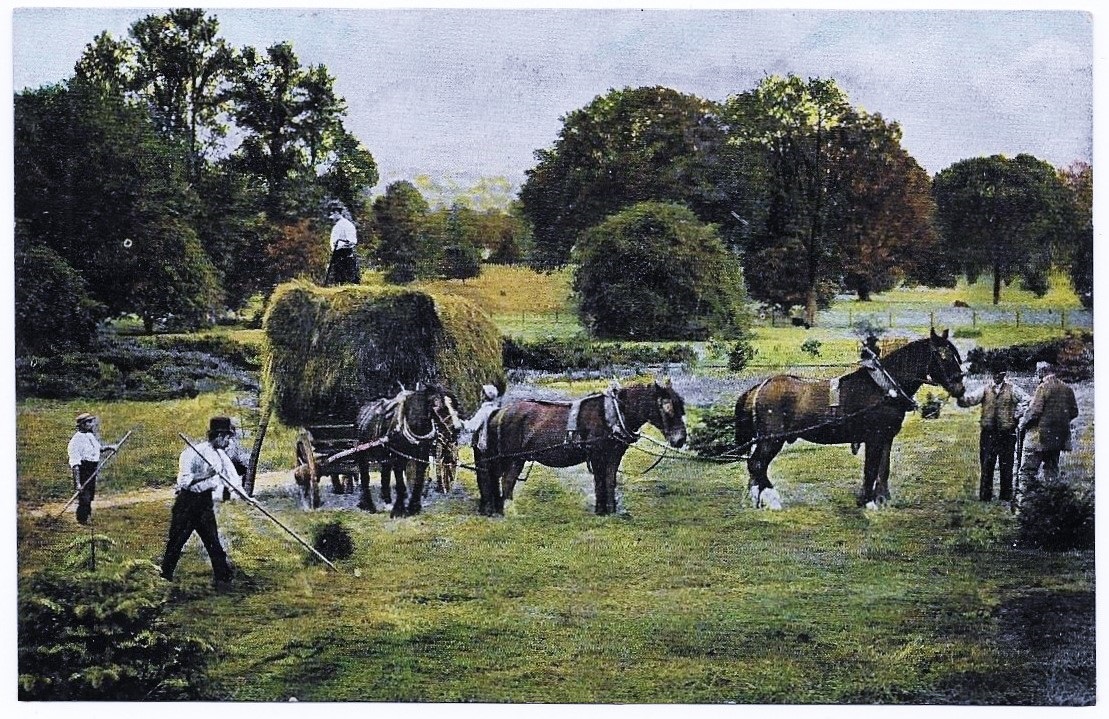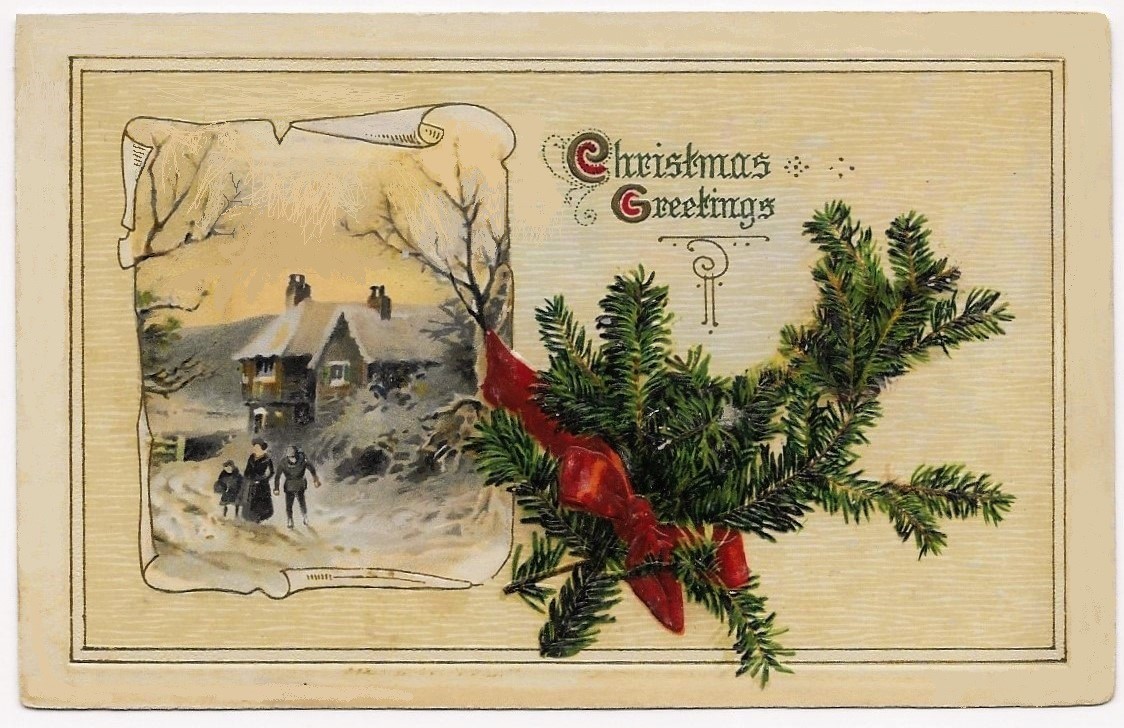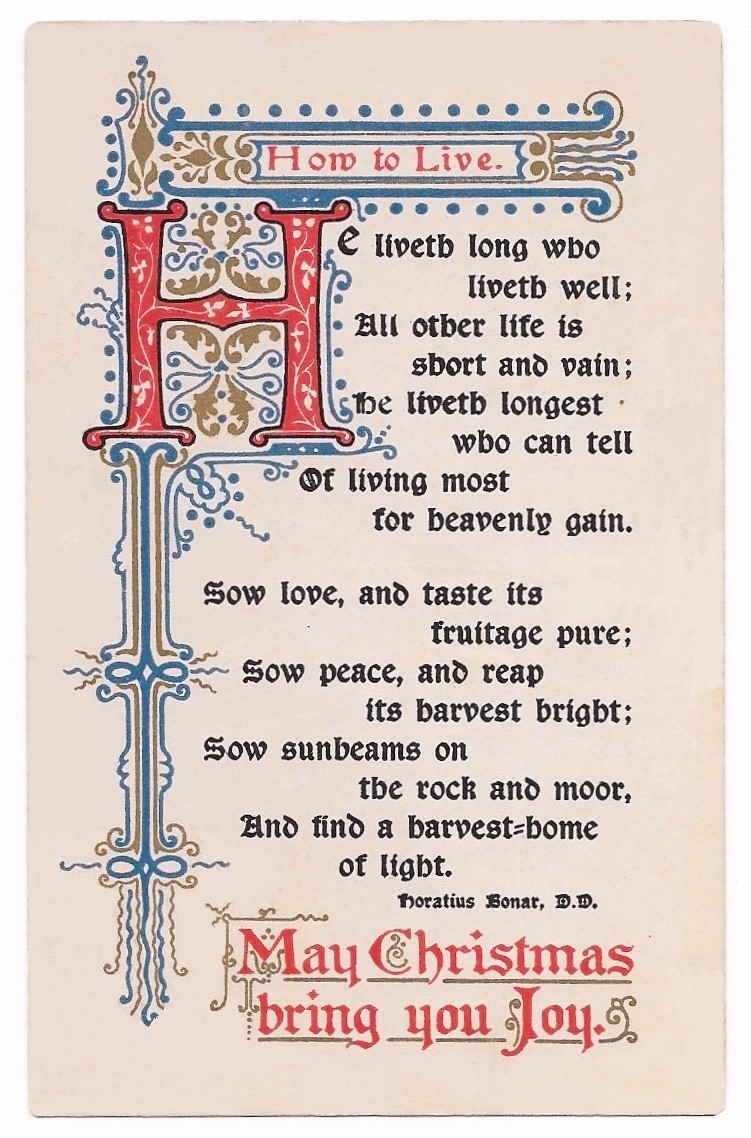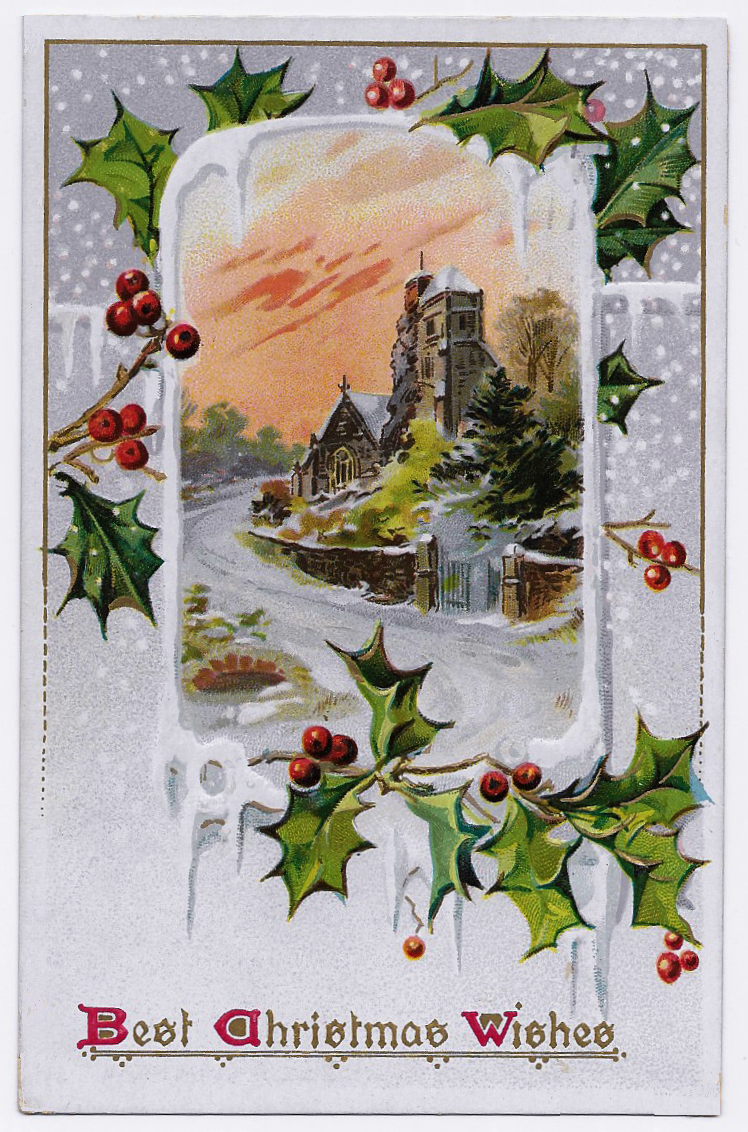“Labor Day” was championed by trade unions and labor organizations since the 1880’s.
After Federal troops intervened to crush the Pullman Strike of 1894, the US Congress adopted “Labor Day” as a federal holiday.
This enactment applied only too federal employees and federal offices, but states and territories began to enact similar legislation.
The eight-hour day, the five-day work week, the abolition of child labor, mandatory breaks, federal enforcement of labor standards, and other successes of the Labor Movement are worthy of celebration.
For this Labor Day week-end, some postcard depictions of work.
Mrs. Sallie M. Hale lived in Stegner, a small settlement of Franklin County in south-central Pennsylvania.
Stenger has disappeared from maps – the post office operated there only from 188-1909.
From historical notes on-line, it seems that the community, named for the Stenger family, was located near Fort Loudon – another fortification built along the Appalachian frontier during the French & Indian War.
https://en.wikipedia.org/wiki/William_Stenger
A census-designated place of Fort Loudon still exists in southern Franklin County.
This place in Pennsylvania is distinguished from Fort Loudoun, Virginia – which was discussed in another postcard story.
https://en.wikipedia.org/wiki/Fort_Loudon,_Pennsylvania
Sometime around 1910, Sallie was given the postcard by Amos Hale.
It is not clear if Amos was the husband or the son of Sallie, or perhaps another close relative.
This postcard photograph is English, although the activity portrayed could be taking place in Scotland or Ireland.
(We know that this postcard was designed for the market in Great Britain because of the particularly British notation of “Inland Postage”.)
The postcard was printed in Saxony, which is one clue to dating the postcard.
Here, we see a group of laborers and a wagon filled with hay.
The work seems largely to be nearly complete; the wagon holds a substantial load.
On the right of the scene, a gentleman (who appears to be carrying a walking stick) is conferring with another man holding the bridle of the lead horse.
It could be that this is the squire is receiving a report of the haying, or the two might be engaged in a negotiation regarding the sale or disposition of the wagon-load of hay.
On top of the wagon, there is a figure who appears to be female.
She may have been the worker who trampled and tamped down the cut grasses.
The cutting and storage of grasses is an ancient and ubiquitous practice of farmers who keep cattle.
In every place that experienced winter or a season in which grazing is not possible, one would have to store food for all the beasts that fed otherwise in pastures.
Similar scenes could be found all across the USA, although a Shetland pony, and men wearing bowler hats would be seen less commonly American fields.
This postcard was not mailed, but appears to have been exchanged within a family.
The postcard was kept in exceptionally good condition.
One hopes that Sallie and Amos enjoyed many seasons of haying and harvest.





